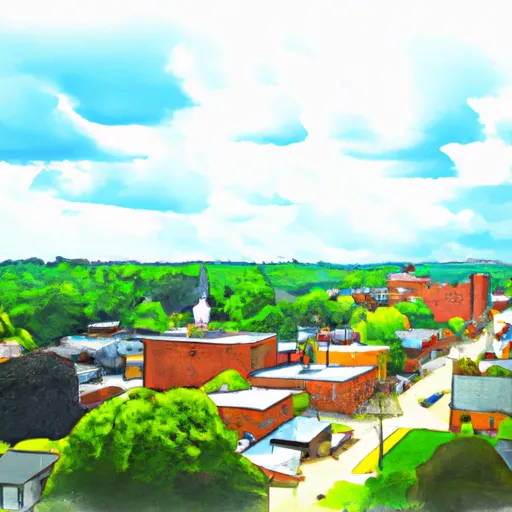°F
°F
mph
Windspeed
%
Humidity











Montpelier, Ohio is a picturesque town located in the northeastern part of the state. The climate in Montpelier is classified as humid continental, characterized by hot and humid summers, and cold and snowy winters. Average high temperatures range from 30°F (-1°C) in January to 84°F (29°C) in July, while average lows range from 15°F (-9°C) in January to 62°F (17°C) in July.
As for hydrology constituents, Montpelier is home to several small lakes and ponds, including Williams Lake and Shaffer Lake. These bodies of water provide opportunities for fishing, boating, and other water-based activities. The Maumee River also flows near Montpelier, offering additional recreational possibilities, such as kayaking and canoeing.
Outdoor recreation enthusiasts can enjoy the Maumee State Forest located just a short drive from Montpelier. This expansive forest offers numerous trails for hiking, biking, and wildlife watching. Campgrounds are available for those who wish to extend their stay.
Overall, Montpelier, Ohio offers a pleasant climate, water resources for outdoor activities, and abundant opportunities for nature lovers to explore and enjoy the great outdoors.
Weather Forecast
Montpelier receives approximately 943mm of rain per year, with humidity levels near 79% and air temperatures averaging around 10°C. Montpelier has a plant hardyness factor of 5, meaning plants and agriculture in this region thrive during a short period during spring and early summer. Most plants will die off during the colder winter months.
Nearby Snowpack Depths
7
Inches
Regional Streamflow Levels
38
Cubic Feet Per Second
47
Cubic Feet Per Second
56
Cubic Feet Per Second
291
Cubic Feet Per Second
Nearby Camping
| Camping Area | Reservations | Toilets | Showers |
|---|---|---|---|
| Herrick Rec Area | |||
| Sleepy Hollow State Park | |||
| Eaton County Fairgrounds | |||
| Calhoun City Campground | |||
| Pettit Park | |||
| Maple River Campground |



